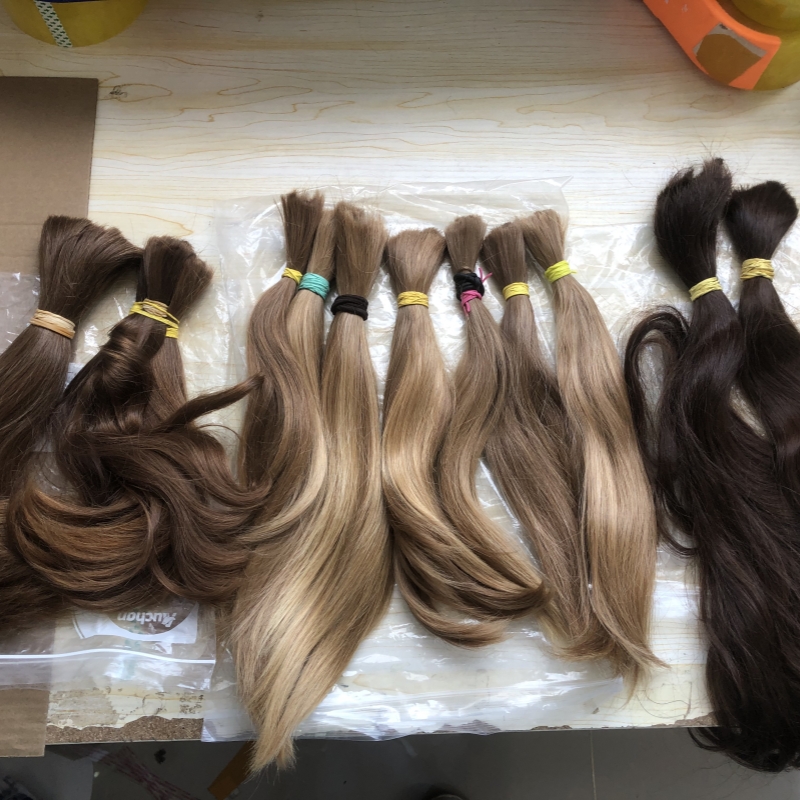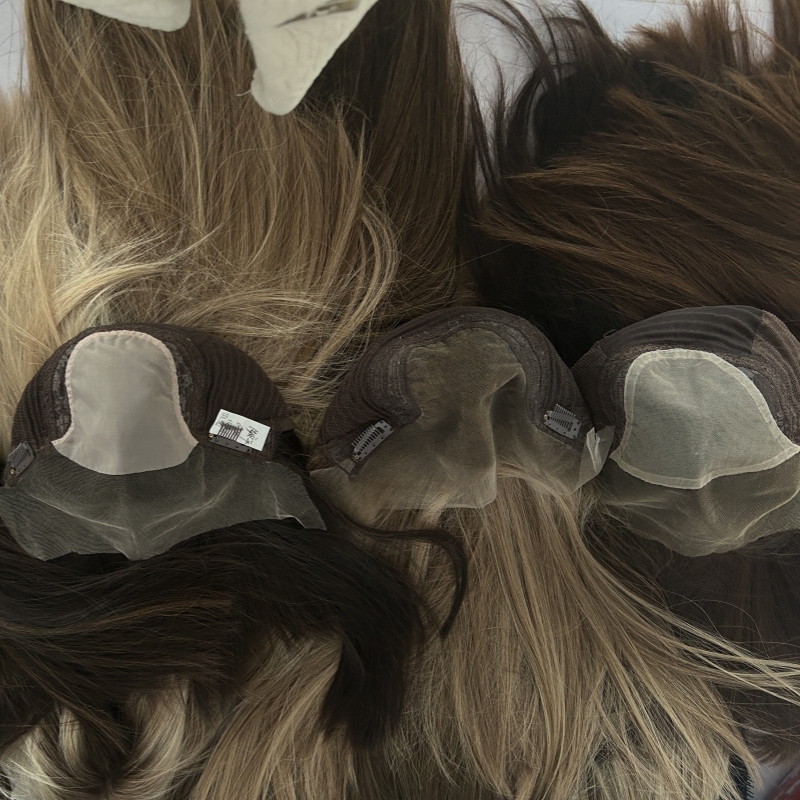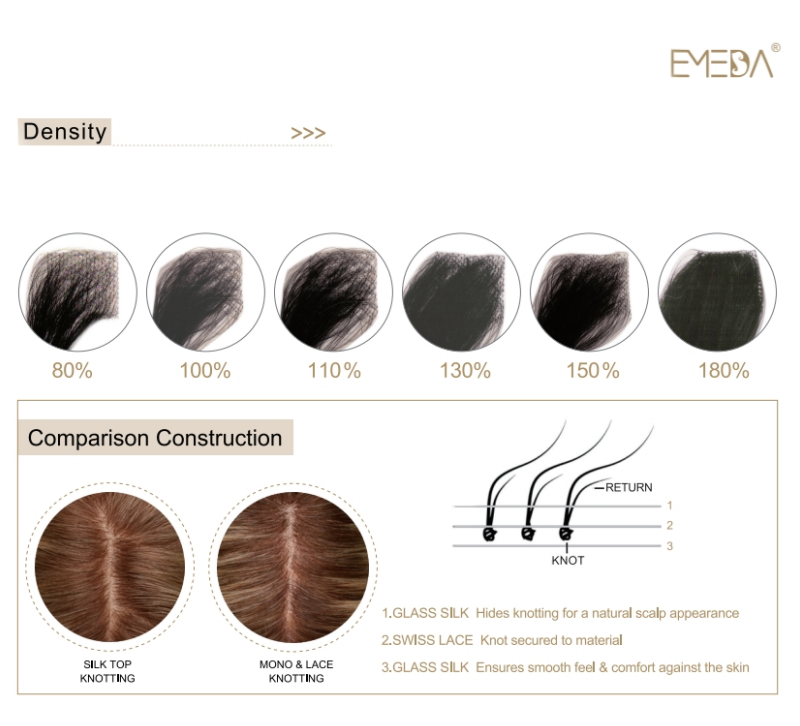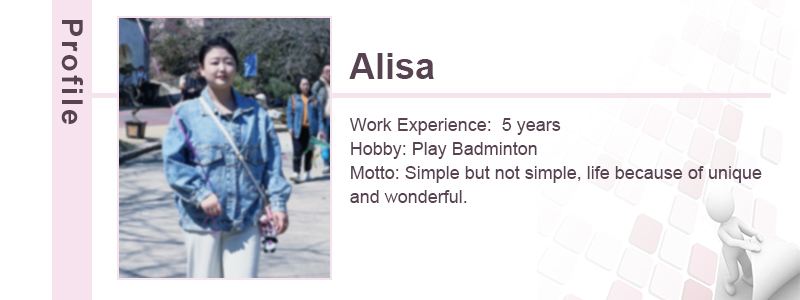Human hair wigs are highly sought after for their natural appearance and versatility. The process of making a wig from human hair is intricate, involving multiple steps that ensure the final product is both realistic and durable. Here is a detailed overview of the process:
The journey of a human hair wig begins with the collection of hair. This hair is often sourced from various countries, with India, China, and Eastern European countries being major suppliers. Hair is collected in different ways:

Once the hair is collected, it undergoes a meticulous sorting process. Hair is sorted based on length, color, and texture. This ensures uniformity and quality in the final wig. The sorted hair is then thoroughly cleaned to remove any dirt, oils, and residues. This cleaning process often involves multiple washes and conditioning treatments to ensure the hair is in the best possible condition.
Processing involves several steps to prepare the hair for wig making. This may include:
The wig cap serves as the foundation onto which the hair will be attached. There are different types of wig caps, each offering unique benefits:

Ventilating is the process of attaching hair to the wig cap. This is often done by hand, knotting individual strands of hair onto the cap. There are different techniques for ventilating:

After the hair is ventilated onto the cap, the wig undergoes cutting and styling. A skilled wig maker will cut the wig to the desired length and shape, considering the natural fall and movement of the hair. Styling may include:
Before a wig is ready for sale, it undergoes a thorough quality control process. This includes:

The final touches include additional styling, such as curling or straightening, to achieve the desired look. The wig may also be trimmed and shaped to ensure it meets the highest standards.
Many human hair wigs are customized to meet the specific needs and preferences of individual clients. Customization can include:

Once a human hair wig is complete, clients often receive education on how to properly care for and maintain their wig. Proper maintenance is essential for prolonging the life of the wig and keeping it looking natural. Key tips include:
Over time, even the highest quality human hair wigs may require repairs or refurbishing. This can include:
The process of making human hair wigs is a blend of art and science. From the careful selection and preparation of hair to the skilled ventilating and styling, each step is crucial in creating a high-quality, natural-looking wig. This labor-intensive process reflects the craftsmanship and attention to detail required to produce wigs that not only enhance the wearer’s appearance but also provide confidence and comfort.
Emeda Hair is a well-known manufacturer and supplier of high-quality hair products, including human hair wigs, toupees, and extensions. Based in Qingdao, China, Emeda Hair has built a reputation for providing premium hair products that cater to various needs and preferences. They offer a wide range of products, including custom orders, to meet specific customer requirements.
Emeda Hair focuses on using high-quality raw materials and advanced processing techniques to ensure their products are durable, tangle-free, and maintain their natural look even after washing. They serve a diverse clientele, including makeup artists, celebrities, and wholesalers, and provide global shipping services to over 100 countries.
Their commitment to quality and customer satisfaction has earned them a strong reputation in the hair industry. Emeda Hair continues to innovate and improve its products, making them a trusted choice for those seeking high-quality human hair wigs and other hair solutions

Welcome to our FAQ section. We are dedicated to providing you with the highest quality human hair wigs and the best customer experience. Below are answers to some common questions to help guide you through the purchasing process, wearing, and choosing the perfect wig.
To purchase a human hair wig from us, simply browse our extensive collection on our website. Choose the wig that best suits your preferences in terms of type, length, color, and cap construction. Add the selected wig to your cart and proceed to checkout, where you’ll create an account, provide shipping details, and complete the payment process.
When selecting a human hair wig, consider your face shape, skin tone, lifestyle, and personal style. Additionally, take into account the wig’s length, color, texture, and cap construction. Our website offers detailed descriptions and images to help you make an informed decision, and our customer service team is available to provide personalized advice.
To accurately measure your head for a wig, use a flexible measuring tape:
We offer a variety of wig caps, including lace front, full lace, monofilament, and standard caps. Each type offers unique benefits:
To properly wear your wig:
To ensure your wig stays secure, you can use:
When choosing a wig color, consider your skin tone and natural hair color. Our website offers color charts to help you find the perfect match. If you’re unsure, our customer service team is ready to assist you with personalized recommendations.
Yes, we offer a return and exchange policy. Please review our return policy on the website for specific details. Ensure the wig is in its original condition and packaging when returning or exchanging it.
To maintain your human hair wig:
Yes, you can style your human hair wig using heat tools such as curling irons and straighteners. However, use a heat protectant spray and avoid excessive heat to prevent damage. Use the lowest effective heat setting and limit the frequency of heat styling.
The frequency of washing your human hair wig depends on how often you wear it. Generally, it is recommended to wash it every 10-15 wears or once a month. If you use styling products frequently, you may need to wash it more often.
Use sulfate-free shampoos and conditioners specifically formulated for human hair wigs. Additionally, use leave-in conditioners, heat protectants, and lightweight oils to maintain the wig’s health and appearance. Avoid products with heavy silicones or alcohol, as they can dry out the hair.
For more information or personalized assistance, please contact our customer service team. We are here to help you find the perfect wig and ensure your satisfaction.
For more information about our products or to place an order, please contact us:
Emeda Hair Factory
Phone: 8619953208601
Email: sales10@emedahair.com
We welcome you to experience the difference with Emeda Hair, your trusted partner in hair replacement solutions. Whether you are looking for a natural-looking topper wig or need assistance finding the perfect hair extension, Emeda Hair is here to help.

New customization and stock clearance
WhatsApp us